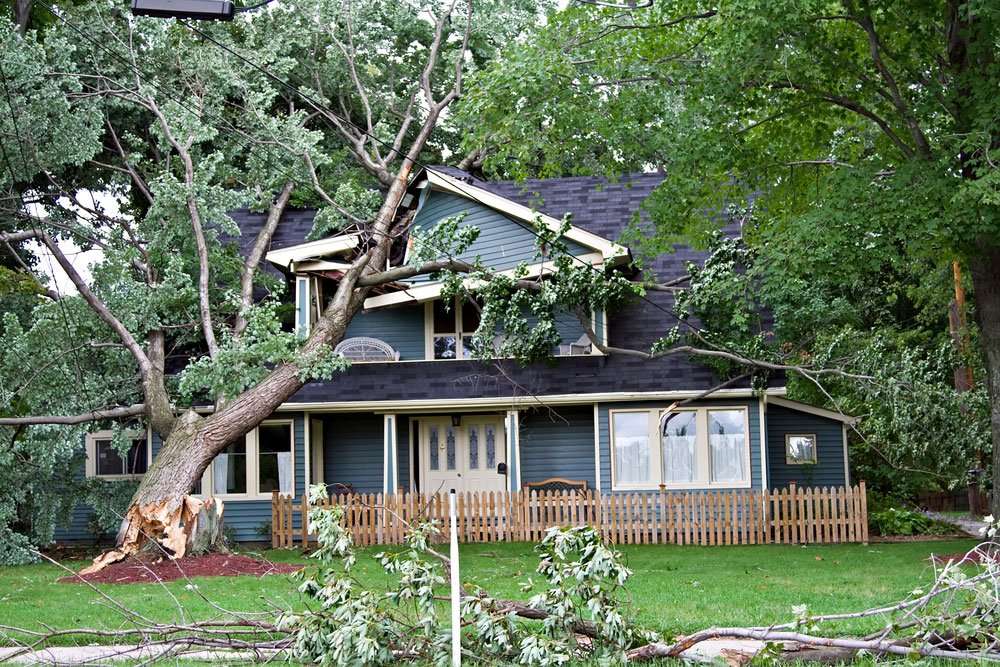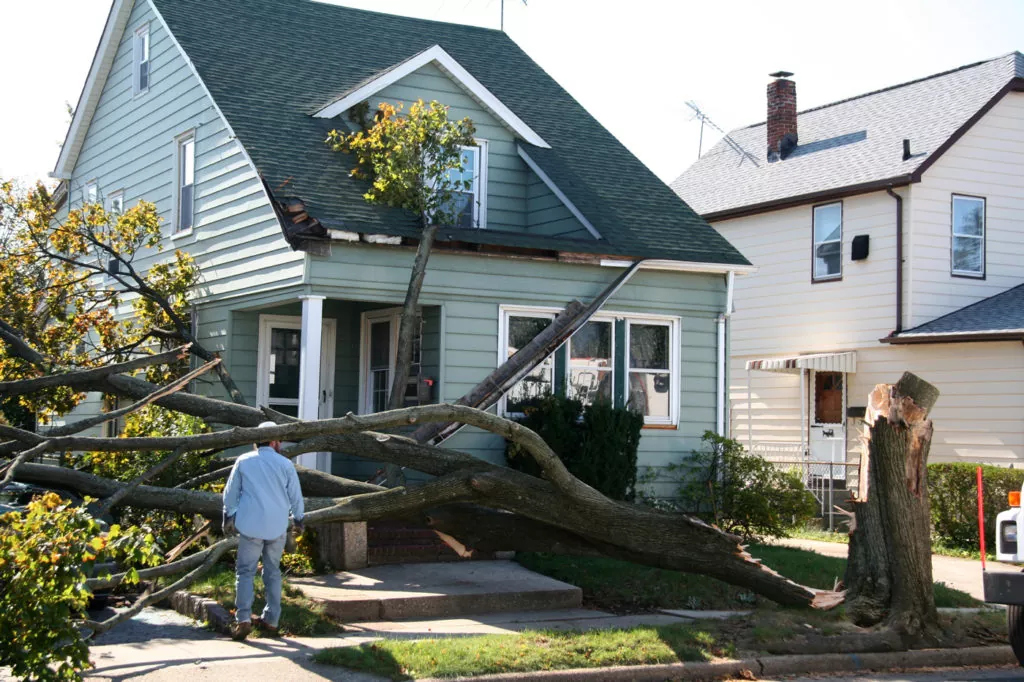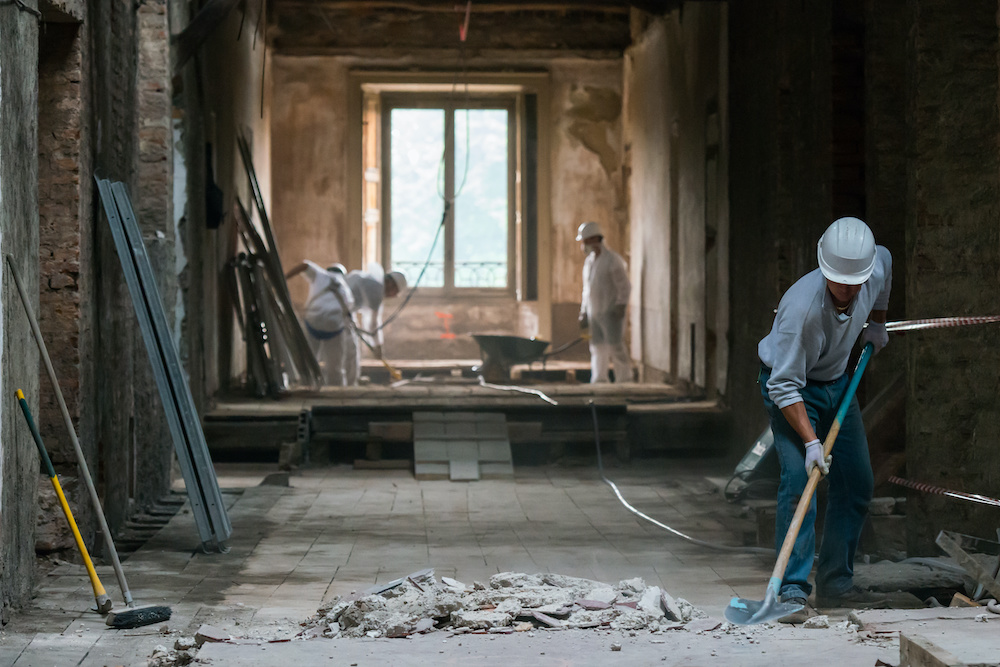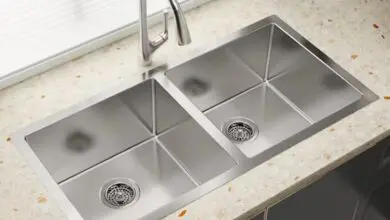Restoring Your Home: A Comprehensive Guide to Storm Damage Restoration

Key Takeaways:
- It is crucial to assess the different types of storm damage to develop an effective restoration plan.
- Conduct a detailed inspection of your property and document the damage with photographs and notes.
- Research and compare storm damage restoration companies, asking important questions before hiring one.
- Understand the insurance claims process and provide all necessary documentation for a fair settlement.
- Take immediate action after a storm, addressing safety hazards and implementing temporary repairs.
- Secure valuables and belongings to prevent further damage.
- Create a detailed restoration plan and understand the timeline and phases of restoration.
- Coordinate with contractors and suppliers throughout the restoration process.
1. Assessing the Storm Damage

When a severe storm hits, it can leave behind a trail of destruction, making it crucial to assess the storm damage properly. Understanding the different types of storm damage is the first step in this process.
Understanding the Different Types of Storm Damage
Storm damage can manifest in various ways, depending on the nature of the storm. Windstorms can cause roof damage, fallen trees or branches, and shattered windows. Hailstorms can leave dents on your roof and siding. Heavy rainstorms can result in flooding or water damage. It is important to identify the type of damage your property has sustained to develop an effective restoration plan.
How to Conduct a Detailed Inspection of Your Property
Before contacting a storm damage restoration professional, it is essential to conduct a detailed inspection of your property. Start with the exterior, checking for any visible signs of damage to your roof, siding, windows, and landscaping. Look for cracks or leaks, missing or damaged shingles, and any debris on your property.
Move to the interior and inspect for water damage, particularly in the attic, basement, and crawl spaces. Look for discolored walls, dampness, or mold growth. Check your electrical system for any signs of damage.
While conducting the inspection, make sure to take notes, photographs, and videos of the damage, as this will be helpful during the insurance claims process.
The Importance of Documenting the Damage
Documenting the storm damage is crucial for several reasons. First, it helps you provide evidence to your insurance company to support your claim. Second, it enables you to have a comprehensive record of the damage, which can be useful when discussing the restoration process with professionals.
When documenting the damage, capture clear photographs of the affected areas from multiple angles. Take close-up shots to highlight specific issues. Additionally, write detailed notes describing the damage and any hazards you may have identified. This documentation will serve as a valuable resource throughout the restoration process.
2. Hiring the Right Storm Damage Restoration Professional

Restoring your home after storm damage requires the expertise of a professional restoration company. However, finding the right one can be a daunting task. Here are some guidelines to help you during the selection process.
Researching and Comparing Storm Damage Restoration Companies
Start by researching storm damage restoration companies in your area. Look for companies with established reputations and positive customer reviews. Consider their experience in handling storm damage and whether they specialize in the specific type of damage your home has sustained.
Once you have a list of potential companies, compare their services, certifications, and insurance coverage. Verify their licenses and certifications to ensure they meet industry standards. Also, check if they have liability insurance and worker’s compensation coverage to protect both you and their employees.
Reading online reviews and testimonials can provide valuable insights into the reputation and reliability of the companies you are considering. Additionally, ask for referrals from friends, family, or neighbors who have previously undergone storm damage restoration.
Questions to Ask Potential Restoration Contractors

Before committing to a storm damage restoration contractor, it is crucial to ask them a series of important questions. These questions will help you assess their expertise, reliability, and suitability for your specific restoration needs.
Some key questions to ask include:
- How long have you been in the storm damage restoration business?
- Do you have experience handling the type of damage my property has sustained?
- Are your technicians certified and trained in storm damage restoration?
- Can you provide references from previous clients?
- What is the estimated timeline for completing the restoration?
- Do you offer any warranties on your restoration work?
By asking these questions, you can gain a better understanding of each contractor’s capabilities and make an informed decision.
Understanding the Insurance Claims Process
Before starting the restoration process, it is important to understand how the insurance claims process works. Review your insurance policy to determine what types of storm damage are covered and what your deductible is. Contact your insurance company as soon as possible to report the damage and initiate the claims process.
When filing your claim, provide all the necessary documentation, including photographs, videos, and notes of the damage. Keep a record of all communication with your insurance company and any adjusters assigned to your claim. It is also advisable to get multiple estimates from restoration contractors to ensure the accuracy of the insurance settlement.
By familiarizing yourself with the insurance claims process, you can navigate it more efficiently and maximize your chances of a fair settlement.
3. Taking Immediate Action: Temporary Repairs and Safety Measures
After a storm, taking immediate action is crucial to prevent further damage and ensure the safety of your home and family. Here are some important steps to take.
Addressing Safety Hazards in Your Home
Prioritize the safety of your family and address any immediate hazards in your home. Inspect for structural damage, such as collapsed walls or compromised foundations, and evacuate if necessary. If you suspect gas leaks or electrical issues, shut off the main supply and contact the appropriate utility companies.
Be cautious of any potential hazards like exposed wires, broken glass, or weakened structures. If you are uncertain about the safety of your home, it is best to consult a professional before reentering.
Implementing Temporary Repairs to Prevent Further Damage
Once your safety is ensured, it is important to implement temporary repairs to prevent further damage. Cover any exposed areas on the roof or windows with tarps or boards to keep out rain or pests. Clear away fallen debris to avoid additional damage and water penetration.
If you have experienced water damage, remove any standing water and begin the drying process. Use dehumidifiers and fans to circulate air and prevent the growth of mold and mildew.
Note that temporary repairs are not a permanent solution and should be followed by professional restoration to fully address the storm damage.
Securing your Valuables and Belongings
During a storm, valuable possessions and sentimental items may be at risk. Take immediate steps to secure these items and prevent further damage. Move furniture, electronics, and other valuables away from windows and areas with potential leaks.
If your home has suffered extensive damage and cannot be secured, consider moving valuable or irreplaceable items to a safe location, such as a storage facility or the home of a trusted friend or family member.
By taking swift action to address safety hazards, implement temporary repairs, and secure your belongings, you can minimize the impact of storm damage on your home.
4. Planning and Executing the Restoration Process

Restoring your home after storm damage requires careful planning and coordination. Follow these steps to ensure a smooth restoration process.
Creating a Detailed Restoration Plan
Before beginning the restoration process, it is essential to create a detailed plan. This plan should include a prioritized list of repairs and a timeline for completion. Assess the extent of the damage and identify which areas require immediate attention.
Consult with your chosen restoration contractor to develop a comprehensive restoration plan. They will provide expert advice on the necessary repairs and guide you through the process.
Understanding the Timeline and Phases of Restoration
The timeline for storm damage restoration depends on the severity of the damage and the availability of materials and contractors. Understand that restoration may take weeks or even months to complete, especially if extensive repairs are required.
The restoration process typically involves several phases, including initial cleanup, structural repairs, electrical and plumbing work, and cosmetic repairs. Each phase requires its own set of tasks and may involve coordination with different contractors and suppliers.
Stay in regular communication with your restoration contractor to track progress and address any concerns or delays that may arise during the restoration process.
Coordinating with Contractors and Suppliers
To ensure a successful restoration, effective coordination with contractors and suppliers is vital. Your chosen restoration contractor will oversee the entire process and collaborate with various tradespeople and suppliers.
Communicate your expectations clearly to the contractor and establish a reliable means of communication. Regularly touch base with them to discuss progress, address any issues that arise, and make any necessary adjustments to the plan.
Throughout the restoration process, be open to suggestions and expert advice from your restoration professionals. They have the expertise to guide you towards the best solutions and ensure the successful completion of the restoration.
Restoring your home after storm damage is a challenging but necessary endeavor. By assessing the damage thoroughly, hiring the right professionals, taking immediate action, and planning the restoration process carefully, you can overcome the aftermath of a storm and restore your home to its former glory.




